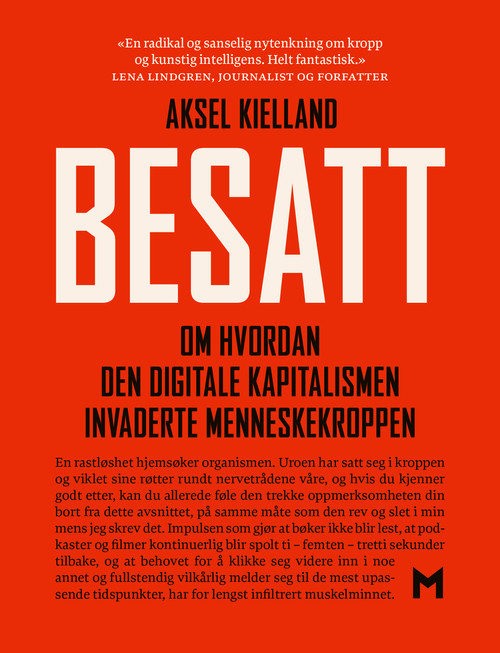Across Europe, the far right is being normalised, says author Øyvind Strømmen. In recent decades, ideas that were once seen as extreme have gradually found their way into established politics.
Longing for an alleged golden past is an essential part of the rhetoric of right-wing radicalism. This nostalgia is linked to notions of national decline, as well as with anxiety concerning immigrants and societal change. This logic of fear is driven by discontent, economic uncertainty and cultural conflicts.
In HATE – stories on the far right (HAT - fortellinger om ytre høyre), Strømmen travels throughout Europe to understand this development. From Berlin to Bratislava, from Flanders to Lisbon, he talks to researchers and activists about how the far right has grown stronger. He visits places where violence and terror have struck, and examines how radicalisation occurs, on the streets, as well as on the internet.
“The book may give the reader chills down his spine, but hopefully encourages him to fight for democracy. […] brilliantly. […] presents the material with clarity, so that the reader can easily follow the many threads”
“Strømmen’s goal is to show how the ideology is becoming mainstream. He succeeds well in that. […] The most interesting thing in the book is the description of how parties and attitudes that were considered completely unacceptable just a few years ago have become a little more mainstream.”
“an important contribution to understanding developments in right-wing extremist circles […] Some of the book’s strongest sequences come where Strømmen himself participates, such as in the march in Poland or an earlier gathering in Germany. ”
“an absolutely useful effort to map some broad, general trends in European political life […] a readable book, a one-stop opportunity to stay informed in a reality that it is overwhelmingly tempting to shut out. The author argues well ”
“an absolutely useful effort to map some broad, general trends in European political life […] a readable book, a one-stop opportunity to stay informed in a reality that it is overwhelmingly tempting to shut out. The author argues well ”






